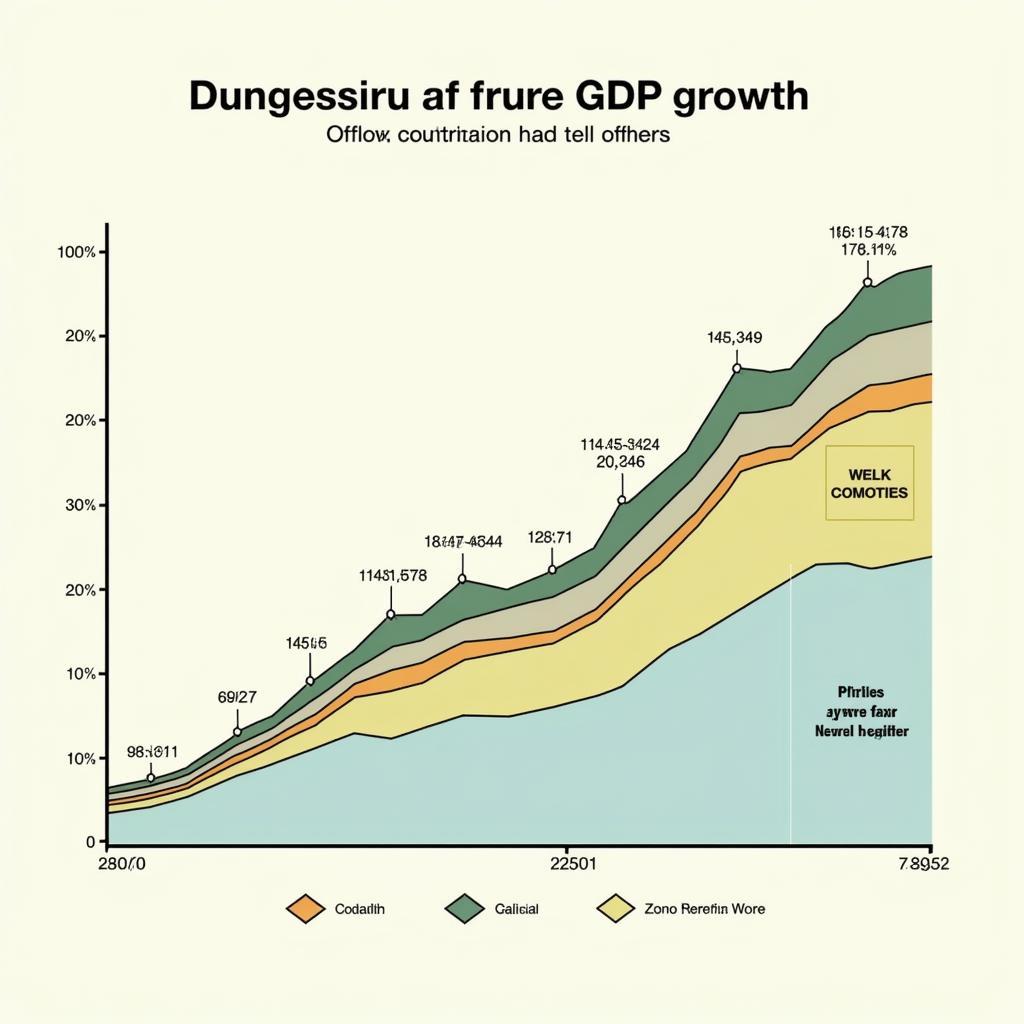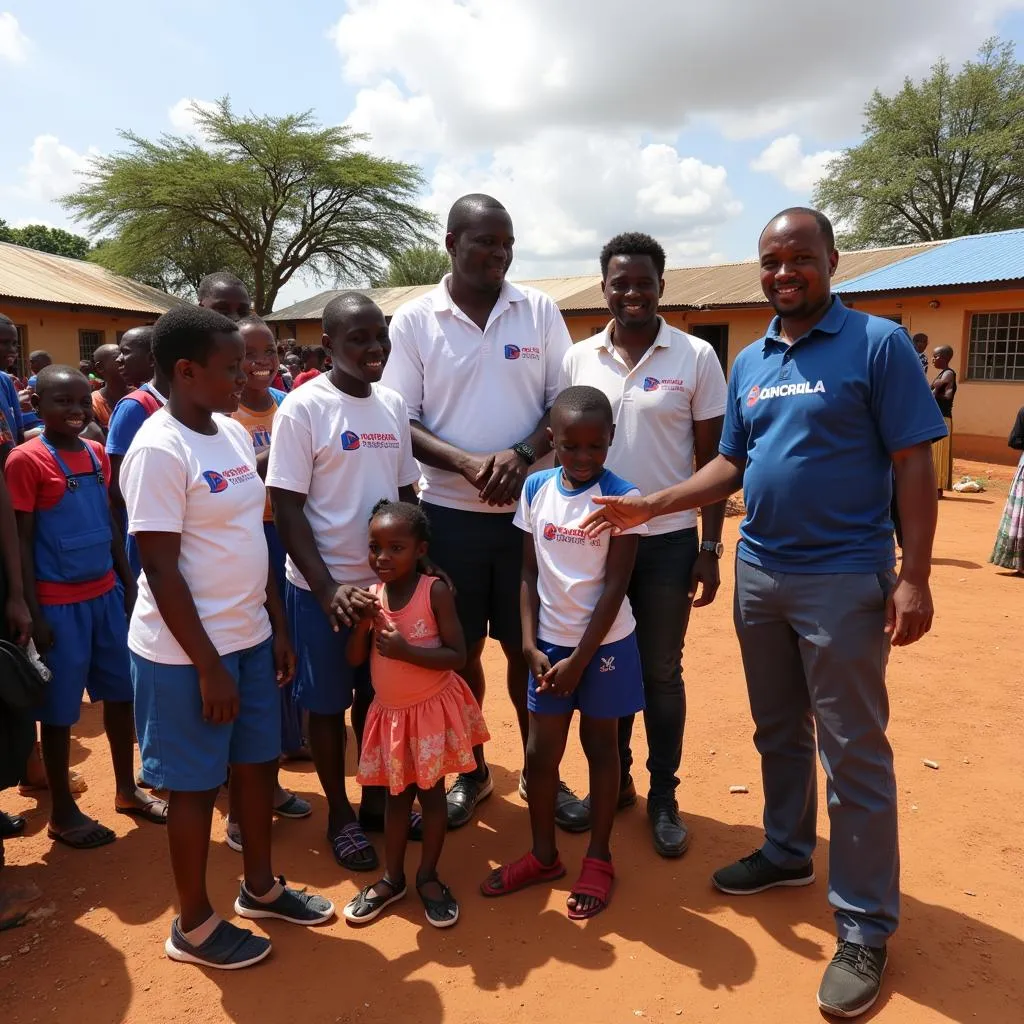The Weight of Water: Exploring African Carrying Water Practices
Carrying water is a fundamental aspect of daily life for many communities across Africa. This essential task, often overlooked, reveals a deeper story of resourcefulness, resilience, and the ongoing challenges faced by millions in accessing clean water. From ancient traditions to modern innovations, the ways in which water is transported across the continent are diverse and deeply intertwined with cultural, social, and economic realities.
Traditional Methods and Cultural Significance of African Carrying Water
For centuries, communities have relied on traditional methods to transport water, often over long distances. Clay pots balanced on heads, gourds carried in hand, and repurposed containers strapped to backs are common sights. These methods, passed down through generations, are more than just practical solutions; they represent a cultural heritage, a connection to ancestors, and a testament to human ingenuity. In many cultures, the task of fetching water is primarily assigned to women and girls, shaping their daily routines and social roles. This practice, while highlighting the strength and resilience of women, also underscores the need for improved water infrastructure to alleviate their burden. You may find the use of African batik fabric in some of these traditional carrying methods.
The act of African Carrying Water isn’t merely a chore; it’s often a communal activity. Women gather at wells and springs, exchanging stories, news, and building social bonds. These gatherings serve as vital hubs of information and support within the community. The shared experience of collecting water strengthens ties and reinforces a sense of collective responsibility for this precious resource. Check out these African holiday tips for a deeper understanding of the cultural nuances surrounding water.
Modern Innovations and the Challenges of Access
While traditional practices persist, the landscape of African carrying water is evolving. The introduction of bicycles, donkeys, and even motorized vehicles has eased the physical strain in some areas. Innovations like water kiosks and community wells, though not universally accessible, have reduced the distance many must travel to access clean water. Despite these advancements, millions still lack reliable access to safe drinking water. Droughts, outdated infrastructure, and limited resources pose significant challenges. The disparity between urban and rural access is particularly stark, with remote communities often bearing the brunt of water scarcity.
Even in urban settings, fetching water remains a daily reality for many. In densely populated areas, water trucks often become the primary source, requiring residents to queue for hours and sometimes pay exorbitant prices. The reliance on such methods highlights the urgent need for sustainable solutions and equitable access to clean water across the continent. African cities fetching water on cycles offer a fascinating glimpse into these urban adaptations.
Looking Towards a Water-Secure Future: Sustainable Solutions and Community Empowerment
Addressing the challenge of water access in Africa requires a multifaceted approach. Investing in sustainable infrastructure, promoting water conservation practices, and empowering local communities are crucial steps towards a water-secure future. Initiatives focused on rainwater harvesting, water purification technologies, and community-managed water systems offer promising solutions. Empowering women, who are often at the forefront of water management, is essential for achieving lasting change.
Beyond infrastructure, education plays a vital role. Promoting awareness about water hygiene and sanitation practices within communities is essential for preventing waterborne diseases and ensuring the health and well-being of future generations. By combining technological advancements with community-driven initiatives, Africa can move towards a future where the burden of African carrying water is significantly lessened, and access to this life-sustaining resource is a reality for all. You might find resources about the African forest vessel relevant to understanding historical water management techniques. Consider these resources on African American hair extensions braids as a testament to the resilience and creativity within diverse African cultures.
Conclusion
African carrying water is a complex story, reflecting both the challenges and resilience of communities across the continent. From ancient customs to modern adaptations, the journey of water highlights the urgent need for sustainable solutions and equitable access for all. By empowering local communities, investing in innovative technologies, and prioritizing water conservation, we can work towards a future where the weight of water no longer burdens the shoulders of millions.
FAQ
- What are the most common methods of carrying water in Africa?
- How does the lack of access to clean water impact African communities?
- What are some of the innovative solutions being implemented to address water scarcity?
- What role do women play in water management in Africa?
- How can we support initiatives that promote water security in Africa?
- What are the long-term impacts of water scarcity on the environment and economy?
- How can education improve water hygiene and sanitation practices?
Common Scenarios
- Scenario 1: A young girl walks several miles each day to fetch water for her family.
- Scenario 2: A community works together to build a rainwater harvesting system.
- Scenario 3: A woman uses a bicycle to transport water containers to her home in an urban area.
Related Questions & Resources
- What are the health implications of inadequate water sanitation?
- How can we contribute to sustainable water management practices?
For further assistance, please contact us at +255768904061, email kaka.mag@gmail.com, or visit us at Mbarali DC Mawindi, Kangaga, Tanzania. We have a 24/7 customer service team.



